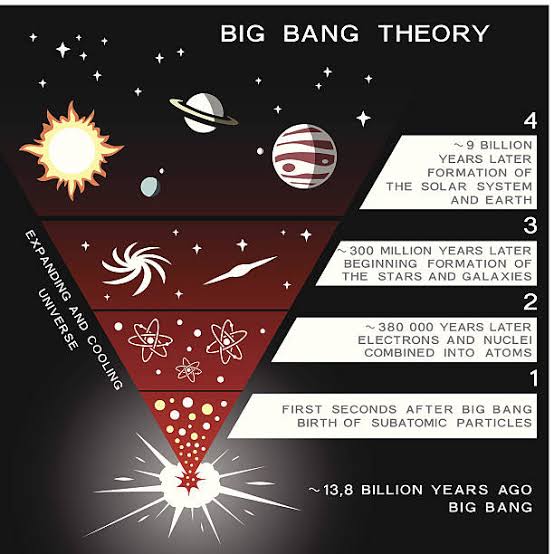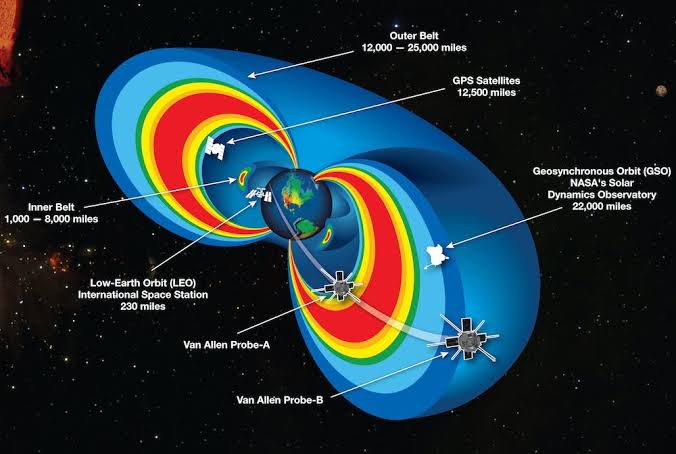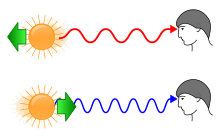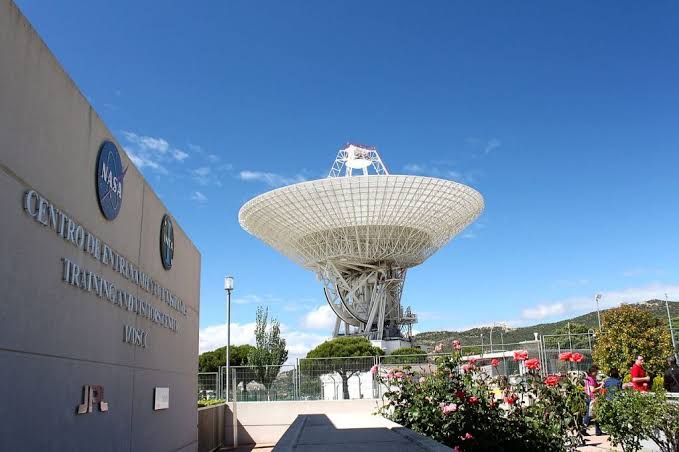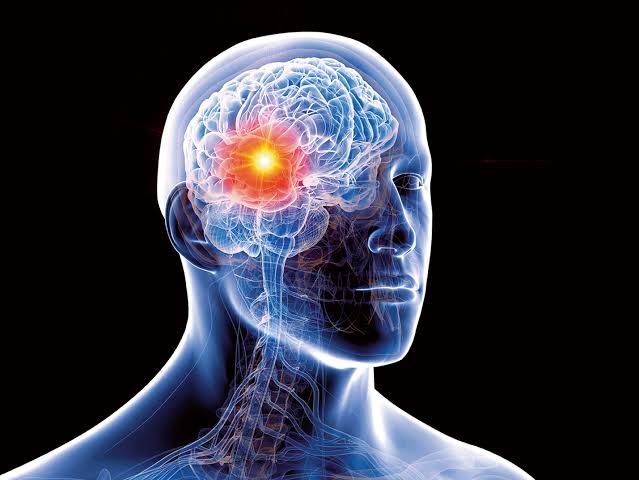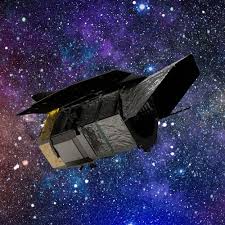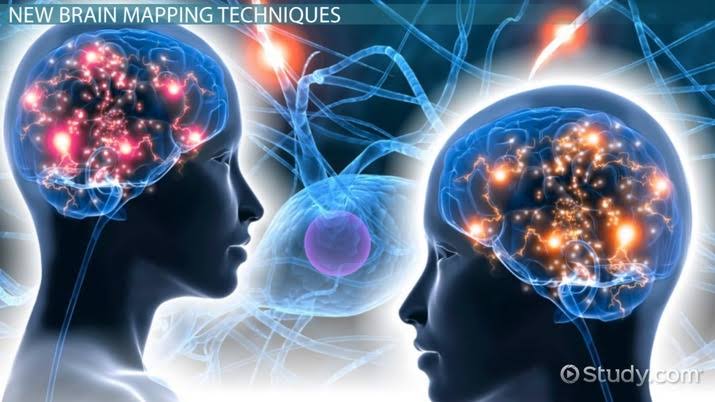Introduction JWST and the Ancient Stars - In a groundbreaking discovery. The James Webb Space Telescope (JWST) has unveiled the existence of massive stars. That formed a mere 440 million years after the Big Bang. This revelation opens a window into the early universe. Shedding light on the formation of...
Researchers from Singapore and China have developed an artificial retina device that can perceive and encode mid-infrared radiation. The device is inspired by the human retina, and it uses a similar mechanism to convert light into electrical signals. The artificial retina could be used for a variety of applications, including...
The birth and expansion of the universe is a complex topic that is still being studied by scientists. However, we do know a few things about how the universe began and how it has evolved over time. The Big Bang theory is the prevailing cosmological model for the universe. It...
New Radiation Belt Discovered Around Earth Scientists have seen a new radiation belt around Earth, according to a study published in the journal Science. The belt, which is located about 11,900 to 13,900 miles (19,100 to 22,300 kilometers) above the planet's surface, was discovered by NASA's twin Van Allen Probes....
Chandrayaan-3 is a planned third lunar exploration mission by the Indian Space Research Organisation (ISRO). It would consist of a lander and a rover similar to the Chandrayaan-2 but would not have an orbiter. Its propulsion module will behave like a communications relay satellite. The spacecraft is scheduled to be...
Redshift and blueshift are two phenomena that describe how the frequency of light changes when an object is moving relative to an observer. When an object is moving away from an observer, the light from the object is redshifted, which means that the wavelength of the light increases and the...
Deep space networking is the process of communicating with spacecraft that are beyond the orbit of Earth. This is a challenging task because the distance between Earth and these spacecraft can be vast, making it difficult to send and receive signals. The Deep Space Network (DSN) is a worldwide network...
Researchers at the University of Toronto and The Hospital for Sick Children (SickKids) have developed a new method of treating glioblastoma, the most aggressive form of brain cancer. The method, called mechanical nanosurgery, uses magnetic carbon nanotubes (mCNTs) to deliver targeted mechanical force to tumor cells. Glioblastoma is a highly...
The Nancy Grace Roman Space Telescope is a NASA infrared space telescope in development and scheduled to launch by May 2027. It is named after Nancy Grace Roman, the first chief astronomer of NASA. The telescope is designed to study a wide range of astronomical objects, including exoplanets, dark energy,...
Brain mapping is a set of neuroscience techniques predicated on the mapping of (biological) quantities or properties onto spatial representations of the (human or non-human) brain resulting in maps. Brain mapping is a broad term that encompasses a variety of techniques that are used to study the brain. Some of...



